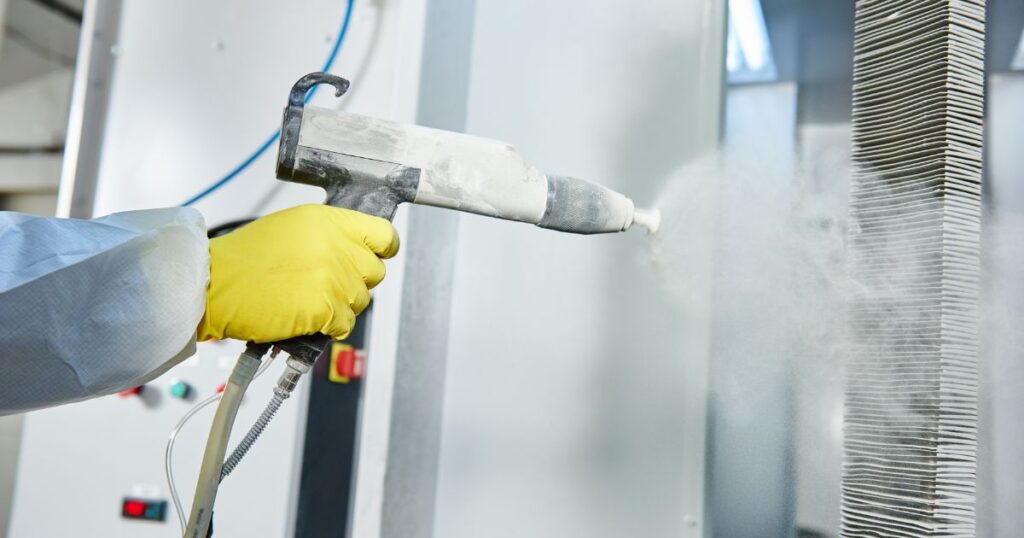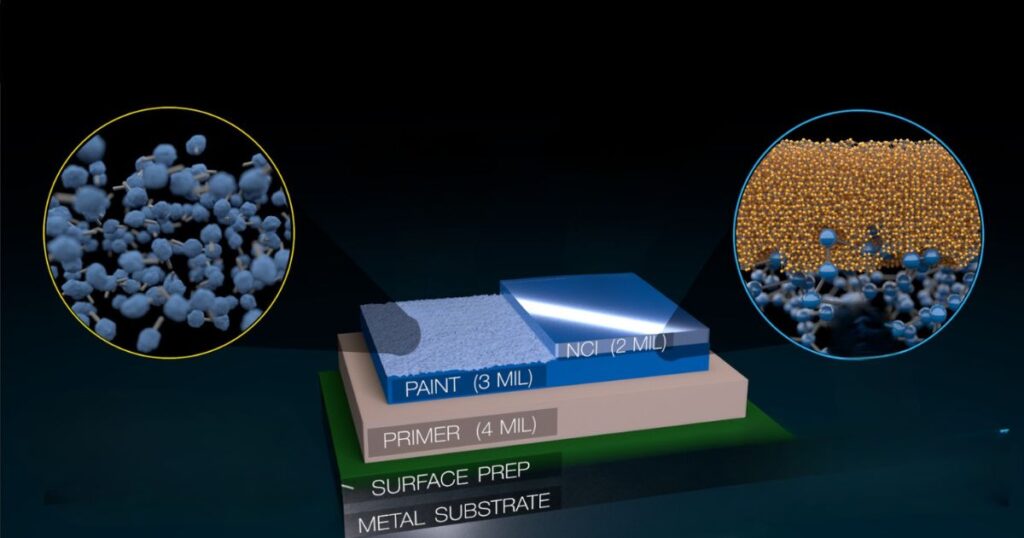Lightweight metals have emerged as the ideal choice for different types of industrial uses. For example, you will find a high demand for aluminum, copper, titanium, and more in developing automotive parts. At the same time, these metals have extensive use in space research and development purposes. But, it is not possible to use such metals for all industrial purposes since the use of heavy metals is still not obsolete. In this scenario, the importance of corrosion-resistant metal coatings comes into play.
The aim of the corrosion-resistant metal coating is to render superior surface protection to prevent rusting and corrosion to the metals. Besides heavy metals, such coatings are necessary for lightweight metals to enhance surface longevity. The following section of this article will serve you an end-to-end guide on the different metal coating that ensures corrosion resistance.
1. Anodizing
Anodizing is a primitive method of applying a fine coating on metallic surfaces to prevent rusting and other issues. The method works well on copper, aluminum, and surfaces made with similar lightweight metals. Anodizing is a four-step procedure to apply the coatings on the metal surfaces. Find those steps discussed in detail in the following section.
- Step 1: In the first stage, the surface has been prepared for the procedure. Typically, the preparation starts with bead blasting, which adds a matte finish to the surface. The surface is also brushed well to wipe off dust and other unwanted elements.
- Step 2: The metal has been immersed in the bath of a conductive solution. The solution should have a low PH level. On the other hand, the alloy should be connected to the anode of an electrical circuit.
- Step 3: The third step is cleaning the metal surfaces after completing the anodizing procedure. You need deionized solutions for this cleaning purpose. Various solvents and chemicals have also been used.
- Step 4: The last step is optional, and it is all about adding colors to the surface. Adding color to the surface will further strengthen the surface protection. Two popular coloring methods are dip coloring and electrolytic coloring.
2. Nano Clear Coatings
When it comes to coatings for industrial metal surfaces, the nano coating has emerged as the best solution nowadays. You will find such paints or coatings on the vehicles. Besides lasting for a long time, the clear coating comes with many other benefits. Find those benefits at a glance in the following section.
- Rust Resistant: The nano-clear coating gives rust resistance properties to iron and steel. Applying this paint as the top coat will help the metal surface to resist extreme weather conditions with precision.
- Suitable for All Surfaces: Nano-clear coating is suitable for all metal surfaces, including heavy and light metals. Once applied, this paint can stay intact for a long time without acquiring scratches.
- Glossy Finish: The clear coating adds a glossy finish to the metal surfaces. Due to the glossy finish, the surface looks attractive. Moreover, it becomes easier to clear dust and other elements on the surface with ease.
- No Maintenance: The clear industrial coating does not need periodic maintenance to retain its charm and other properties. Without adhering to much hassle in maintenance, the clear coats can stay on a metal surface for a long time
Applying the nano-clear coating on the metallic surfaces is hassle-free. One should keep in mind that a clear coating should be applied on a base coating. In most cases, the clear coating is the third coating layer.
3. Plasma Electrolytic Oxidation (PEO)
Plasma electrolytic oxidation is another popular industrial coating, which creates an adhesive oxide layer to the metal surfaces. The layer is dense and hard. Therefore, you can expect a long-lasting solution with this type of surface coating.
The coating is more suitable for lightweight metals such as aluminum, magnesium, titanium, and more. The coating is non-toxic, though the application procedure can be extensive and costly. People looking for eco-friendly industrial surface coating solutions can choose this option.
4. Powder Coating
As the name implies, powder coating is a powder-based industrial surface coating. Powder coating refers to an electrostatic procedure, which applies the electrically charged particles on the metal surfaces. The particles in powder form create a hard coating on the metal surfaces. Additionally, the particles undergo the heating treatment to last permanently on the surfaces.
Powder coatings are aesthetically beautiful and durable. Such coatings do not contain solvents that cause volatile organic compound emissions. As a result, this coating is eco-friendly and safe for humans or other animals. One of the major shortcomings of this coating is the cost of applying the coat to the metal surfaces.
5. Galvanization
Galvanization is a primitive method of applying coating to metal surfaces. During the procedure, the metal was submerged in a bath of molten zinc. Therefore, the metal sheet or bar will acquire a coating of zinc. Iron may catch rust due to the moisture in the air. But galvanization ensures that iron does not catch rust since the zinc layer does not let iron come in contact with moisture.
The major drawback of galvanization is that the metal is required to be submerged in the molten zinc. Therefore, applying coating on a large metal bar or sheet through galvanization could be difficult and expensive.
Final Thoughts
So, these are the top five techniques of applying the industrial coatings on the metal surfaces. Knowing the right technique to add coating to the industrial surfaces will enhance the life span of the surfaces. At the same time, correct metal coating ensures minimal hassles in managing the surfaces.
Nowadays, nano-clear coating has become popular among vehicle manufacturers since it adds a hard and corrosion-resistant layer. The clear coating for cars can withstand friction to resist scratches on the surfaces in case of minimal contact. So, among different types of corrosion resistant metal coatings, nano-clear coating has a clear edge over the other types of solutions.


